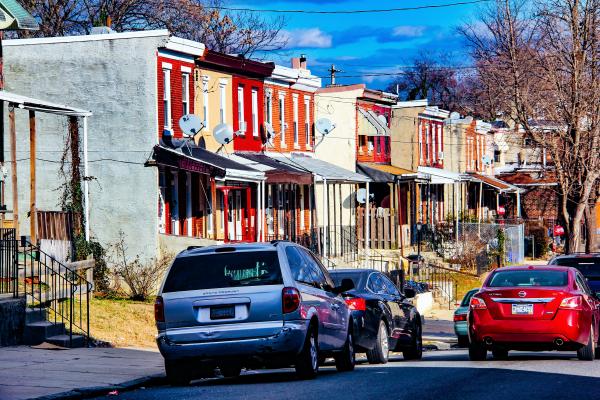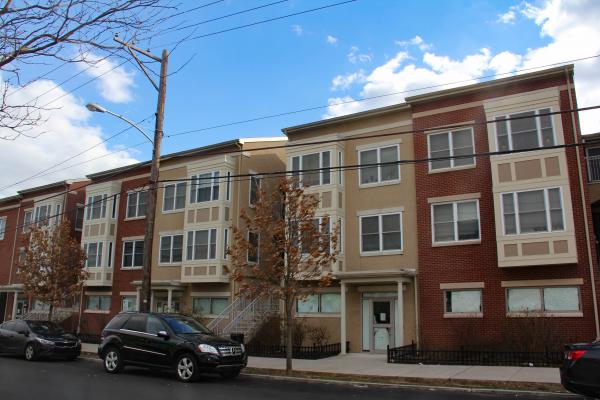Explore Stories
Stories offer an individual narrative of a specific subject. They are the building blocks of Story Collections.

In 1876 national and international attention focused on West Philadelphia when West Fairmount Park hosted the Centennial Exposition. The Exposition, which celebrated the 100th anniversary of the Declaration of Independence, was also the first world’s fair held in the United States...

Two large migration streams fed West Philadelphia’s population growth in the first half the 20th century: The “Great Migration” of southern blacks to northern cities, and a wave of “new immigrants” from eastern and southern Europe.

The reality behind the scenes of American Bandstand was quite different than what viewers saw on national television.
Black music and black dances originating in Philadelphia neighborhoods contributed substantially to the success of American Bandstand; yet American Bandstand’s dancefloor and bleachers were racially segregated, and some of the show’s most popular dances were adapted without...

“Squeaky clean” commercial pitchman and deejay Dick Clark inherited Bob Horn’s locally broadcast Bandstand in July 1956 and revamped it for a national audience of teenage consumers as ABC’s American Bandstand, which first aired in August 1957.

The program that preceded Dick Clark’s American Bandstand at WFIL-TV was deejay Bob Horn’s locally popular Bandstand.

Completed in 1962, West Park Apartments is the only high-rise public housing still in operation in West Philadelphia.

At the turn of the Millennium, Mill Creek Homes was in a state of neglect and disrepair. The project’s replacement would be the vibrant and radically different Lucien E. Blackwell Homes.

Opened in 1961 in the working-poor, black-segregated neighborhood of Mantua, Mantua Hall was an 18-storey, 153-unit modernist apartment tower built to house 495 people.

The architect Louis I. Kahn’s design for Mill Creek Homes—three 17-storey high-rise buildings and a cluster of two- and three-storey low-rises—was implemented by the Philadelphia Housing Authority in the Mill Creek neighborhood beginning in 1953 and extending into the 1960s, though with...

In the decades after World War II, segregated public housing was planned to provide “safe and sanitary housing” for low-income residents—an aspirational goal that lacked both resources and political will to bring to fruition.
